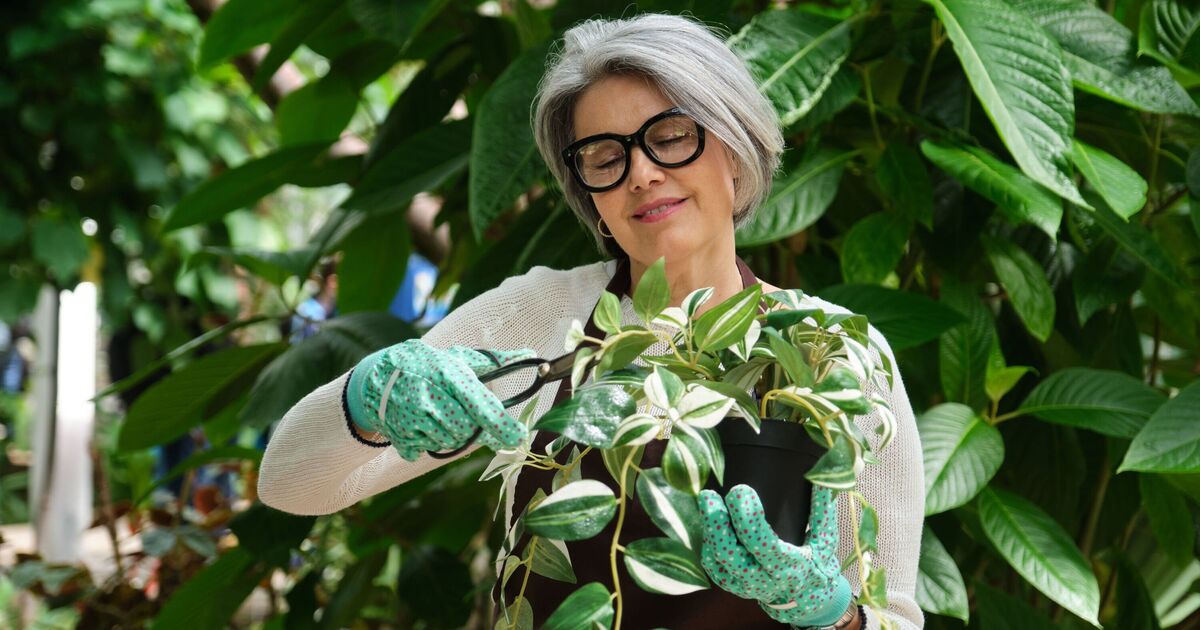Deadheading spent flowers can help your plants produce beautiful blooms for longer. But according to one gardening expert, a big mistake people make can actually be worse for their gardens.
The process of deadheading a flowering plant involves removing flowers once they have begun to wilt and die off. Removing these flowers helps encourage the plant to grow more, instead of assuming that the growing season is over and it’s time to go to seed.
According to the Royal Horticultural Society (RHS), deadheading should be done regularly, no matter the season, and flowers should be removed as soon as they start to fade.
But Adam Kirtland, a gardener who regularly shares tips and advice on social media, warned there’s a common deadheading mistake many gardeners make that could be ruining their plants.
Adam explained many people will simply deadhead their bedding plants by pulling out the flower with their fingers. However, in many cases this leaves behind the seed, meaning your plants still won’t grow any new blooms.
He said: “You need to make sure you’re deadheading properly. Taking petunias as an example, it’s really obvious when you need to remove these faded blooms. More often than not, what you see is people pulling off the flowers.
“The problem with doing that is the plant will then just go into seed production rather than producing more flowers. Most people will incorrectly just pull these dried flower heads off, which leaves the seed pod here, which forms seeds rather than more flowers on the plant.”
To properly deadhead bedding plants like petunias, you must follow the flower back behind the seed pod and snip it at the stem. You can do this with a pair of scissors or simply by pinching with your finger and thumb.
Adam added: “It might seem really simple, but this is the best way of getting the most value from your bedding plants.”
How to deadhead your plants
1. Identify Spent Flowers:
Look for flowers that are wilted, brown, or losing petals. You want to remove these.
2. Use the Right Tools:
- For most flowers, you can use your fingers to pinch off the dead blooms.
- For tougher stems or larger plants, use clean, sharp scissors or pruning shears.
3. Cut or Pinch Correctly:
- For most annuals and perennials: Cut or pinch just above the first set of healthy leaves or a new bud below the spent flower. This encourages new growth and more blooms.
- For plants with flower stalks (like daylilies or irises): Cut the entire stalk down to the base once all the blooms on the stalk are finished.
- For roses: Cut just above a set of five leaves to encourage bushier growth.
4. Dispose of Debris:
Remove the dead flowers and any fallen petals from around the base of the plant to prevent disease.
5. Repeat Regularly:
Check your plants every few days during the blooming season and deadhead as needed.

